Minimum Effective Dose
Then, BAM! You get results
Photo of the word BAM on a wall by Perry Merrity II at Unsplash.
At yesterday's webinar on marketing in the age of information and A.I. that I attended, I had a flashback of my old life as a project manager. The presenter's emphasis on the "minimum effective dose" (MED) that was made popular by author Tim Ferris in his book The 4-Hour Body took me back in time. While Ferris talks about the minimal effective dose of exercise you can do in order to get results, I had my own version: "BAM" (which stood for doing the “bare a** minimum”) strategy during my time in the software industry. While humorous and irreverent, BAM was effective because it was all about prioritizing tasks and doing those seemingly little things that would move projects forward. When we understood the connections among the people, timing, and conditions, we could identify the tasks that were truly important and that we needed to get done in the day or the week. Sometimes we could do multiple minimums every day by focusing and being intentional. It meant being consistent in making the right kind of effort every day.
I still apply this minimal-dose strategy in my teaching mind-body arts, particularly to beginners and people with health challenges. This strategy of finding the minimum encourages students to find the smallest amount of practice that yields mental quiet and physical relaxation. This approach hones observation and critical thinking skills, because small doses are often more effective than overexertion, especially initially. What is a small dose? I call it “mini practice” when I encourage students to find ways of moving your body slowly with full breath and attention, and it can be done in as little as thirty seconds (for example, taking three breaths). But truly, the body and mind need time and repetition to learn things like Tai Chi, so repeating an exercise that takes thirty seconds, and then taking little breaks in between repetitions is another way of thinking about it. It adds up, and it honors the integration of body and mind.
Getting an effect with your minimal “dose” of mindbody practice will feature observable signs that you are on the right track. These include:
encountering relaxation and alertness as you practice and as you do ordinary things
appreciation of space in the body and the environment
having a sense of humor
feeling less physical pain and tension
feelings of safety
Some signs of overdoing mindbody practice can include:
excessive sleepiness or spaciness
mind-wandering, boredom, or frustration
confusion instead of clarity
insomnia due to encountering what could be new and unfamiliar feelings
muscle soreness or tremors during practice
The remedy to overdoing it is to take a break from practice, and also to ground yourself: drink water, take a shower, put your feet and hands on the earth and be an ordinary human for a bit before engaging in mindbody practice again. Ultimately, the key to finding the minimal effective dose is respect for oneself and the process. It requires observation, experimentation, practice, and, yes, repetition. It is how we learn.


